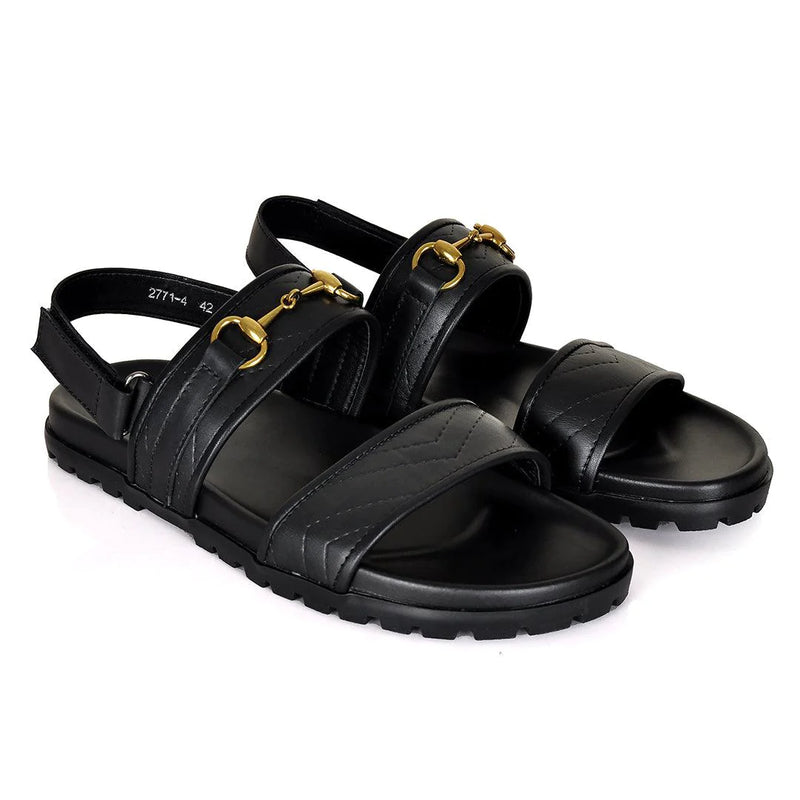
The evolution of sandals traces back thousands of years, reflecting changes in culture, technology, and fashion across different civilizations. Here's a brief overview of the evolution of sandals:
Ancient Origins: Sandals are among the earliest forms of footwear worn by humans. Archaeological evidence suggests that ancient civilizations, including the Egyptians, Greeks, Romans, and Mesopotamians, wore various types of sandals made from natural materials such as leather, papyrus, straw, and woven fibers. These early sandals typically consisted of a sole held to the foot with straps or thongs.
Greek and Roman Sandals: Ancient Greek and Roman sandals were often simple in design, featuring leather straps that wrapped around the foot and ankle. The Greeks introduced the "sandalium," a sandal with a sole attached by cords or leather thongs. Roman soldiers wore sturdy sandals called "caligae" made from leather or metal.
Asian and Middle Eastern Sandals: In Asia and the Middle East, sandals evolved differently based on regional climate and culture. The traditional Japanese "zori" and "geta" sandals feature wooden soles with fabric or leather straps. In India, sandals known as "chapal" or "paduka" are made from wood, leather, or woven materials.
Medieval and Renaissance Period: During the Middle Ages and Renaissance, sandals continued to be worn, often by peasants and laborers. However, they were also worn by nobility, with more elaborate designs and embellishments. Sandals were an essential part of footwear for pilgrims traveling to religious sites.
Industrial Revolution and Modernization: With the advent of industrialization and the development of new materials and manufacturing techniques, sandals became more mass-produced and affordable. Rubber-soled sandals became popular in the late 19th and early 20th centuries, providing greater comfort and durability.
20th Century Fashion: In the 20th century, sandals evolved into a fashion staple, with various styles and designs catering to different preferences and occasions. The popularity of beach culture and leisure activities contributed to the rise of casual sandals, including flip-flops and slides.
Contemporary Sandals: Today, sandals come in a wide range of styles, materials, and designs to suit diverse tastes and lifestyles. From athletic sandals designed for outdoor activities to fashion-forward sandals for everyday wear, the modern sandal reflects both functional and aesthetic considerations.
Technological Advances: Contemporary sandals often feature advanced materials and technologies for enhanced comfort, support, and durability. Innovations such as cushioned footbeds, adjustable straps, and water-resistant materials have further improved the functionality of sandals.
Overall, the evolution of sandals reflects the enduring appeal and practicality of this ancient form of footwear, adapting to changing needs and preferences while remaining a timeless and versatile choice for people around the world.

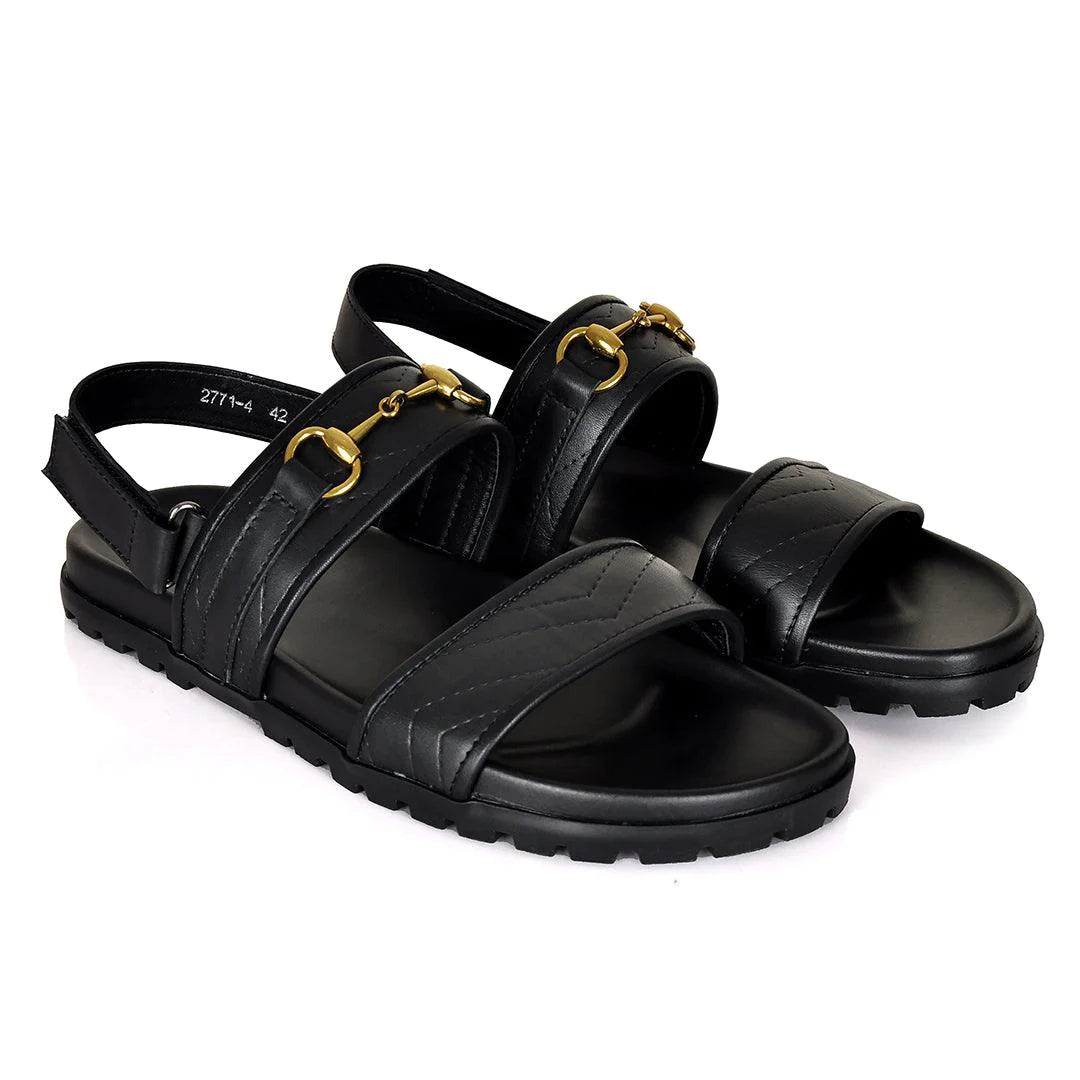
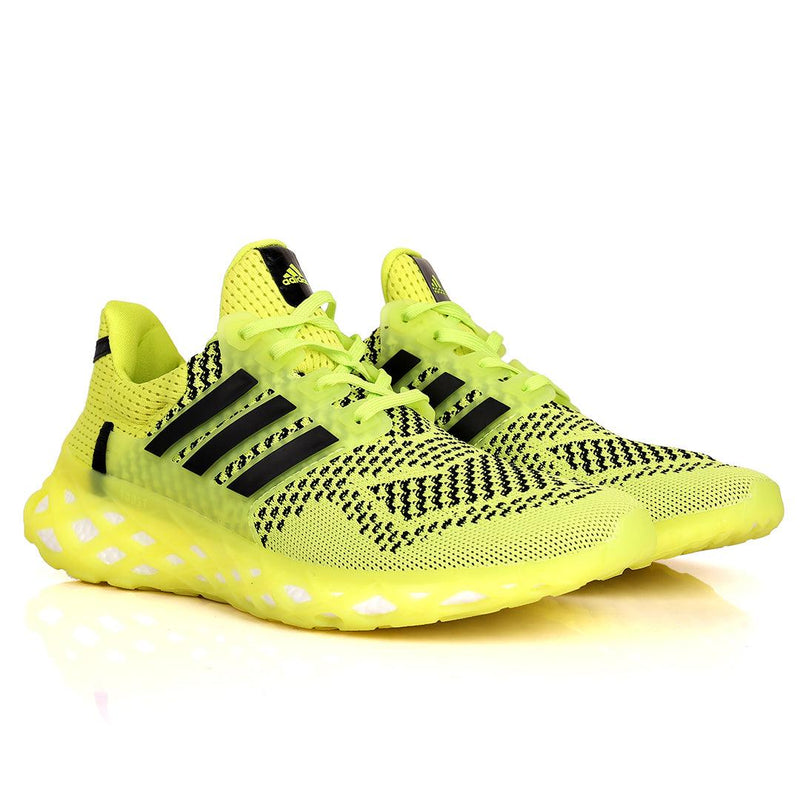
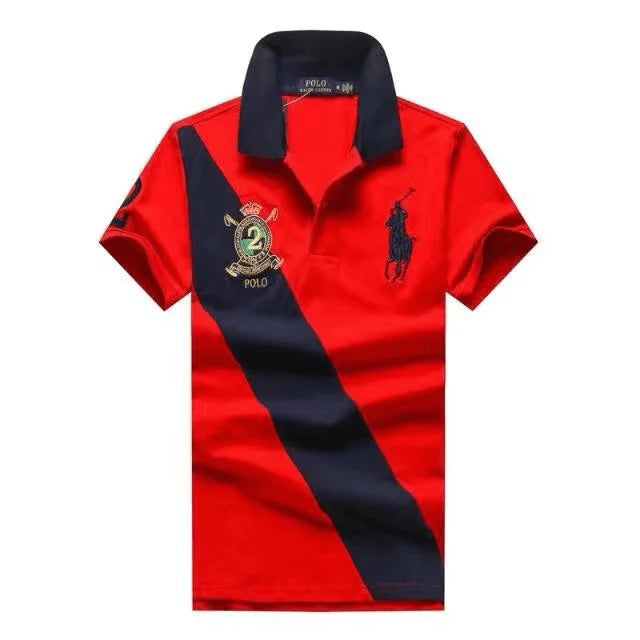
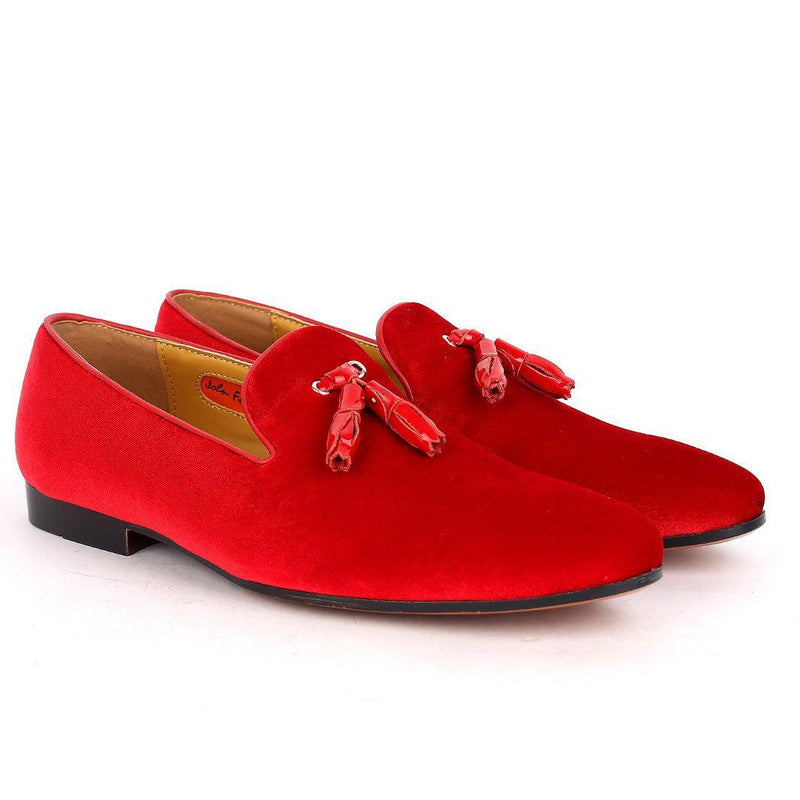
0 comments